Clipart tagged: ‘pastor’

Henry Ward Beecher
"No man in the United States has been written about more than Henry Ward Beecher, but the main facts…

Bishop Reginald Heber
Having taken holy orders in 1807, he took up the family living of Hodnet in Shropshire. In 1809 he married…
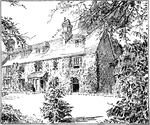
George Herbert's Rector House, Bemerton
George Herbert (April 3, 1593 – March 1, 1633) was a Welsh poet, orator and a priest. He went…

John Knox
John Knox (c. 1510 – 24 November 1572) was a Scottish clergyman and leader of the Protestant Reformation…
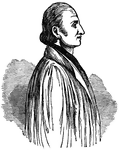
John Frederick Oberlin
John F. Oberlin was a Alsatian pastor and philanthropist. Oberlin College, an American liberal arts…
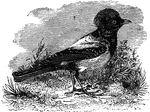
Rose-Colored Pastor
Resembling a starling, the rose-colored pastor can often be found living in the vicinity of livestock,…
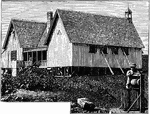
Bishop Patteson's House, Norfolk Island
John Coleridge Patteson (April 1, 1827 – September 20, 1871) was an Anglican bishop and martyr. On…
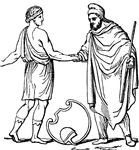
Pedum
"A shepherd's crook. On account of its connection with pastoral life, the crook is often seen in works…
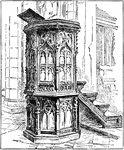
Pulpit
A pulpit (from Latin pulpitum "scaffold", "platform", "stage") is a small elevated platform from which…
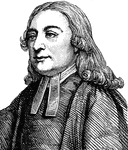
John Wesley
John Wesley (June 28 1703 – March 2, 1791) was an Anglican minister and Christian theologian who was…
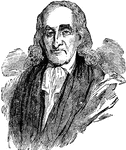
William White
The Most Reverend William White (April 4, 1748 N.S. – July 17, 1836) was the first and fourth…
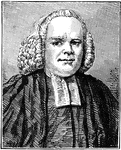
George Whitefield
George Whitefield (December 16, 1714 – September 30, 1770), was a preacher in the Church of England…
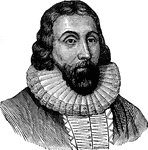
John Winthrop
John Winthrop (12 January 1588 – 26 March 1649) led a group of English Puritans to the New World,…